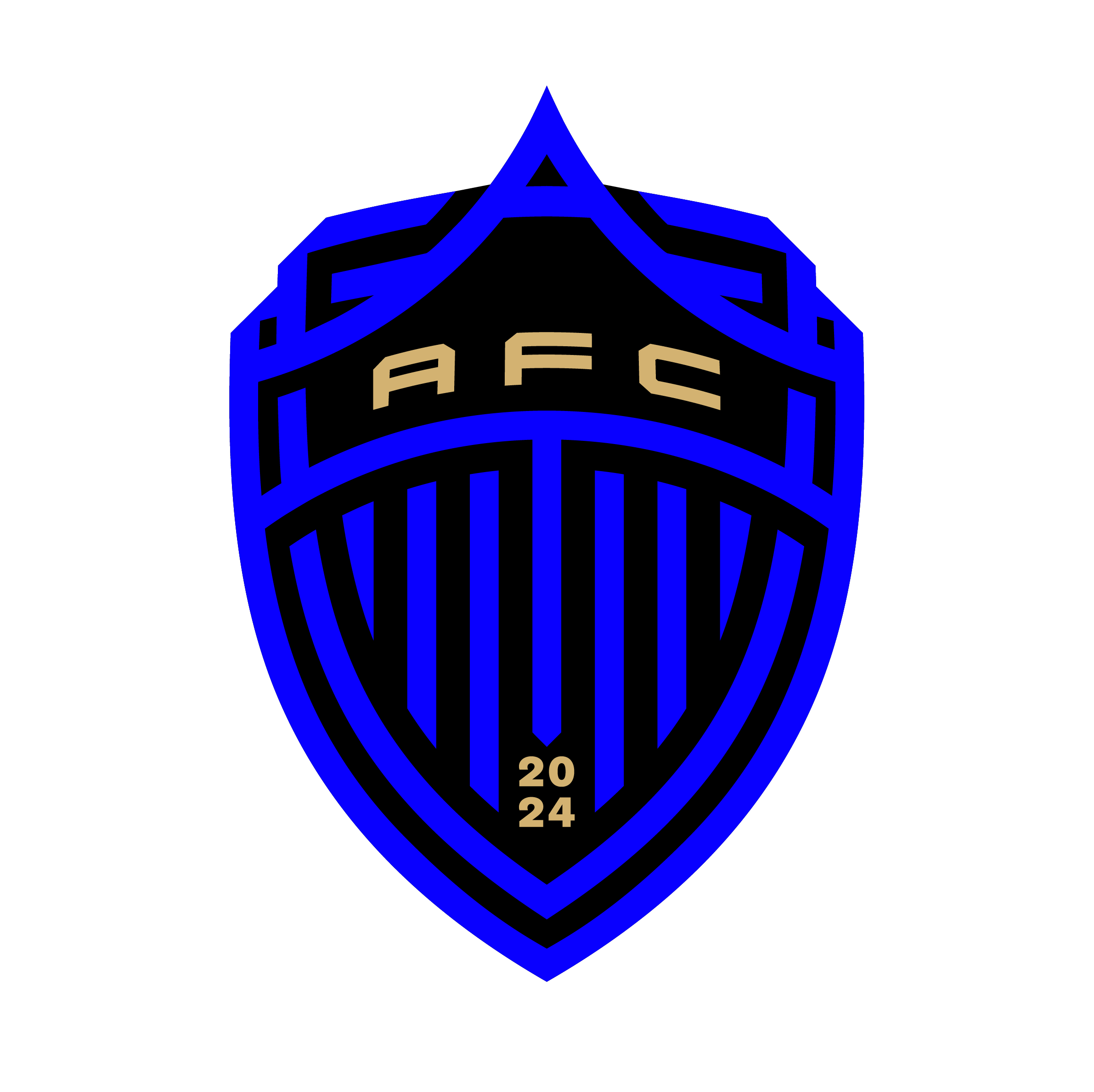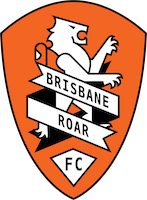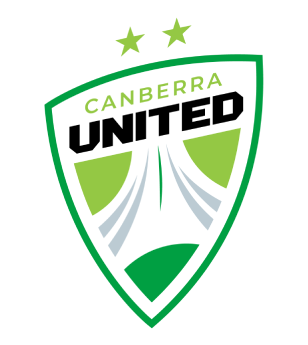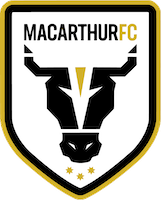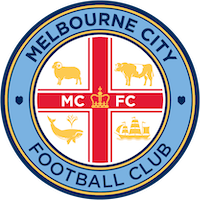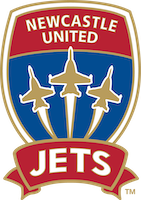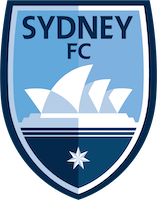From the commencement of the men’s competition in 2005, followed by the launch of the W-League for Australia’s elite women’s footballers in 2008, the A-Leagues have changed the course of football in this country.
After almost two years in the making, August 26, 2005 marked a significant day in Australian football history, when the first match of the inaugural Hyundai A-League season kicked off in Newcastle.
The National Soccer League (NSL) was the first all-Australian football competition to grace these shores when it started in 1977, but by 2004 was shut down due to mounting financial problems.
Using the government’s Crawford Report into the sport as its base, Frank Lowy, one of the pioneers of the NSL competition, created a taskforce to plan a new men’s competition. (A women’s league would follow in 2008.)
On November 1, 2004, the eight successful bidders and the major sponsor were revealed for what would be known as the Hyundai A-League featuring Adelaide United, Central Coast Mariners, Melbourne Victory, Newcastle Jets, New Zealand Knights (since replaced by Wellington Phoenix), Perth Glory, Queensland Roar and Sydney FC.
Honour of the first player signing went to former Wollongong Wolves striker Stuart Young, who signed with Perth Glory. Topping the list of high profiles recruits was former Manchester United striker Dwight Yorke and his presence always ensured the Hyundai A-League was in the spotlight.
Australian players to give the new league a big vote of confidence included former and current Australian international players Ned Zelic, Kevin Muscat, Archie Thompson, David Zdrilic, Steve Corica, Alex Brosque and Richard Johnson.
The inaugural season proved an outstanding success, capped off by a capacity crowd on hand to witness the Grand Final in Sydney, won by Sydney FC 1-0 over a gallant Central Coast Mariners.
Meanwhile plans were being developed for a national women’s competition to replace the National Women’s Soccer League, which, like the NSL, had folded in 2004. Then-Matildas coach Tom Sermanni and others lobbied to create a pathway for new national team talent and in 2008 Football Federation Australia (now Football Australia) announced that in November that year, seven of the eight Hyundai A-League clubs would field teams in the first season of the W-League, along with Canberra United.
Among the players signing up for that first season were Matildas legends such as Cheryl Salisbury, Kate Gill, Sarah Walsh and Lisa De Vanna, plus some up and coming faces including Sam Kerr, Emily van Egmond and Tameka Yallop.
The first W-League match took place on 25 October, 2008, with Perth Glory facing Sydney FC, and Leena Khamis had the honour of scoring the competition’s first goal. Brisbane Roar proved to be the dominant force in that first season, crowned as both Premiers and Champions.
The W-League was cut to seven teams in 2010/11 when the Central Coast Mariners pulled out due to financial reasons, and returned to eight teams when Western Sydney Wanderers were formed in 2012/13 – a seismic year for both competitions.
The Hyundai A-League had expanded for the first time in 2009/2010, growing to 10 teams to include Gold Coast and North Queensland Fury, and then the competition got its first true derby in season 2010-11 with the entry of Melbourne Heart. North Queensland Fury found the going tough, however, and were forced to close at the end of the season.
Gold Coast would also withdraw but were instantly replaced by the birth of Western Sydney Wanderers, for a season that saw a trio of international stars in Alessandro Del Piero, Emile Heskey and Shinji Ono arrive to play in the Hyundai A-League.
Acquired by the City Group and rebranded away from Heart, Melbourne City became the W-League’s ninth team in 2015, going on to win every regular season game on their way to the Premiership and Championship in their inaugural season.
Then in 2018 two more teams were added to the Hyundai A-League, Western United and Macarthur – clubs initially just with men’s teams but with Western going on to add a women’s team in 2022.
A year earlier, the branding of Australia’s elite club football was completely redrawn, culminating in both leagues coming together under the A-Leagues banner – the Isuzu UTE A-League for the men and the Liberty A-League for the women. Under the auspices of the latter, Wellington Phoenix joined the women’s league in 2021 and Western United in 2022, followed by the return of the Central Coast – part of the W-League for its first two seasons – from October 2023.
Further expansion is planned in coming months, with Auckland and Canberra identified as immediate targets for A-Leagues entry and longer-term plans in place to add two further clubs – all entering teams in both competitions.

